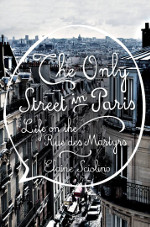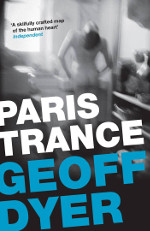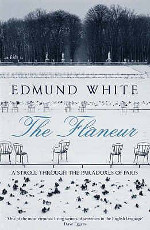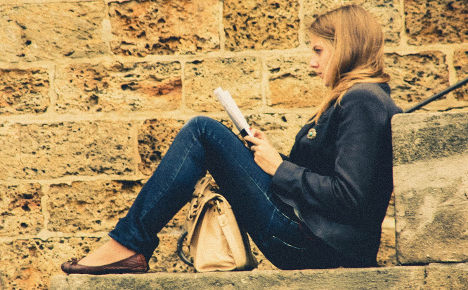
.jpg)
.jpg) Author and blogger Lisa Anselmo can't go past photo-filled gem by Kathy Borrus.
Author and blogger Lisa Anselmo can't go past photo-filled gem by Kathy Borrus. .jpg)


.jpg)
Here are some of the best books ever written about about Paris, according to authors in France. How many have you read?


.jpg)
.jpg) Author and blogger Lisa Anselmo can't go past photo-filled gem by Kathy Borrus.
Author and blogger Lisa Anselmo can't go past photo-filled gem by Kathy Borrus. .jpg)


.jpg)
Member comments